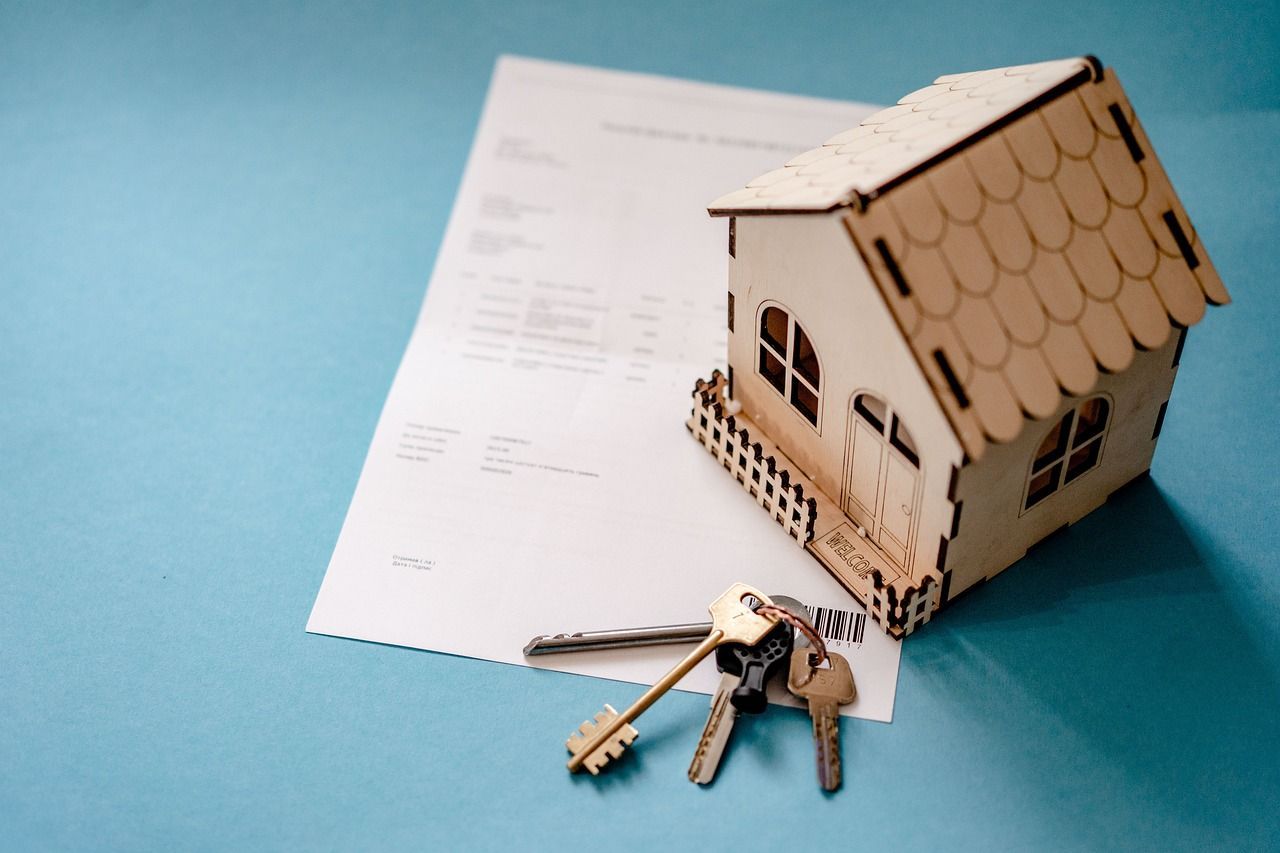Should you be the ‘bank of Mum & Dad’?
Clarke McEwan Accountants

Should you be the ‘bank of Mum & Dad’?
The great wealth transfer from the baby boomer generation has begun and home ownership is the catalyst.
The average price of a home in NSW is $1,184,500, the highest in the country. Canberra is next at $948,500, followed by Victoria at $895,000, with the Northern Territory the lowest at $489,2001. With the target cash rate expected to remain steady at a 12 year high of 4.35% over 2024, the pressure is on parents and family to help the younger generation become homeowners.
Over the last 15 years, home ownership has fallen from 70% to 67% of the population. Over time, declining home ownership will increase the wealth gap in Australia as for many, home ownership is a significant factor in wealth accumulation. According to the Actuaries Institute, wealth inequality is significantly higher now than in the 1980s, with the wealthiest 20% of households currently having six times the disposable income of the lowest 20%2.
The Domain’s First Home Buyer Report 2024 estimates the time for a couple aged between 25 and 34 to save a 20% deposit for an entry level home to be 6 years and 8 months in Sydney, and 5 years and 5 months in Melbourne (the Australian average is 4 years and 9 months). In that time, they are begrudgingly paying rent (or staying with Mum and Dad).
So, should you help your children buy a home? If they can, many parents would prefer to assist their children when they need it most, rather than benefiting from an inheritance later in life. However, it’s essential that any support does not risk your financial security, and that means looking at what support you can afford to provide.
The downside of cash gifts
A cash gift towards a deposit or mortgage is a simple and effective method of helping a family member. However, there are a few downsides:
- Where the gift forms all or a significant portion of the deposit, lenders may want to ensure that the loan is serviceable and may require verification of the source of the funds to ensure the amount is not a loan and does not require repayment (i.e., a gift letter).
- In the event of a divorce or separation, the gift may not overtly benefit your child, and instead form part of the property pool to be divided.
For income tax purposes, gifts from a family member out of natural love and affection are not normally taxed.
The ‘bank of Mum & Dad’
If you provide a loan to your child to purchase a home, it’s essential that the terms of the loan are documented, preferably by a lawyer.
There are many ways to structure the loan depending on what you’re trying to achieve. For example, the loan might mimic a bank loan with interest and regular payments, require repayment when the property is sold or ownership changes, and/or managed by your estate in the event of your death (treated as an asset of the estate, offset against the child’s share of the estate, or forgiven).
There is a lot to think about before lending large amounts of money; what should happen in a divorce, if your child remortgages the property, if you die, if your child dies, if the relationship becomes acrimonious, etc. As always, hope for the best but plan for the worst.
Providing security to lenders
A family guarantee can be used to support a loan in part or in full. For example, with some lenders you can use your security to contribute towards your child’s deposit to avoid lender’s mortgage insurance (which ranges between 1% to 5% of the loan).
When you act as a guarantor for a loan, you provide equity (cash or often your family home) as security. In the event your child defaults, you are responsible for the amount guaranteed. If you have secured your child’s loan against your home and you do not have the cashflow or capacity to repay the loan, your home will be sold.
If you are contemplating acting as guarantor for your child, you need to look at the impact on your finances and planning first. Your retirement should not be sacrificed to your child’s aspirations. And, where you have more than one child, look at equalising the impact of the assistance you provide in your estate.
Co-ownership
There are two potential structures for buying property with your children:
- Joint tenants - the property is split evenly and in the event of your death, the property passes to the other owner(s) regardless of your will.
- Tenant-in-common – the more popular option as it allows for proportions other than 50:50 (i.e., 70:30). If you die, your share is distributed according to your will.
Regardless of ownership structure, if the property is mortgaged and the other party defaults on the loan, the loan might become your responsibility. It is vital to consider this before loan arrangements are entered into.
It’s also essential to have a written agreement in place that defines how the co-ownership will work. For example, what happens if your circumstances change and you need to cash out? What if your children want to sell and you don’t? Will the property be valued at market value by an independent valuer if one party wants to buy the other one out? It’s not uncommon for children to assume that they will only need to pay the original purchase price to buy your share with no recognition of tax, stamp duty or interest. And, what happens in the event of death or dispute?
If you are not living in the home as your primary residence, then it is likely that capital gains tax (CGT) will apply to any increase in the market value of the property on disposal of your share (not the price you choose to sell it for). And, you will not benefit from the main residence exemption. In these situations, it is essential to keep records of all costs incurred in relation to the property to maximise the CGT cost base of the property and reduce any capital gain on disposal.
Utilising a family trust
A more complex option is to purchase a property in a family trust where you or a related company acts as trustee. This strategy is often used for asset protection purposes. Typically, at some point in the future, you would pass control of the trust to your child and it might be possible to do this without triggering material CGT or stamp duty liabilities, although this would need to be checked. On the eventual sale of the property, CGT will apply to any increase in value of the property and the main residence exemption cannot be used to reduce the tax liability, even if the child was living in the home.
Be wary of state tax issues. For example, in some states, owning property through a trust will mean that the tax-free land threshold will not apply, increasing any land tax liability. Also, if the trust has any foreign beneficiaries, this could result in higher rates of stamp duty.
Reduced or rent free property
Buying a house and allowing your child to live in the house rent-free or at a reduced rent enables you to put a roof over their heads but adds no value to your child’s ability to secure a loan or utilise the equity of the property to build their own wealth.
If you intend to treat the property your child is living in as an investment property and claim a full deduction for expenses relating to the property, then rent needs to be paid at market rates. If rent is below market rates, the ATO may deny or reduce deductions for losses and outgoings depending on the discount provided. Any rental income received is assessable to you. In addition, CGT will be payable on any gain when the property is sold, or ownership is transferred.
If the intention is to provide this property to your child in your estate, ensure your will is properly documented to support this intent.







